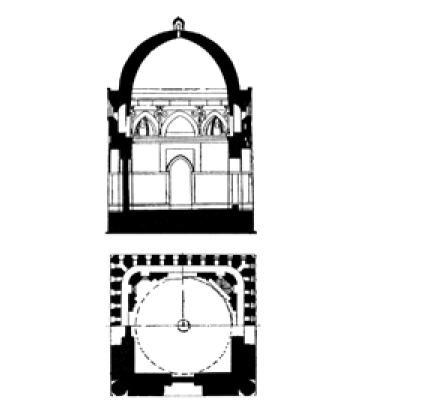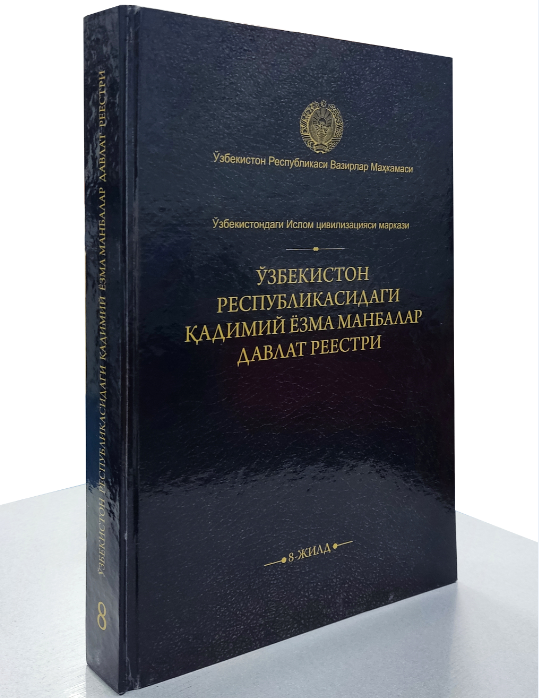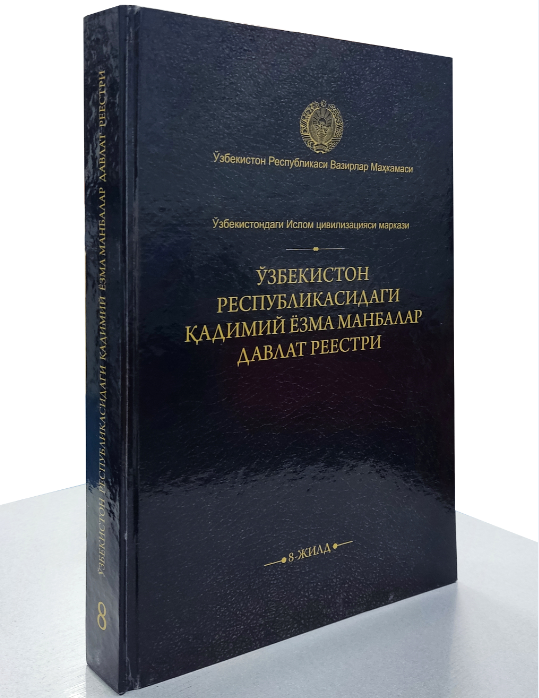Architecture has always been formed on the basis of certain religious, cult ideas and utilitarian tasks facing society. In the ancient and early medieval period, religious teachings — Zoroastrianism, Buddhism, local beliefs — did not have such a total ideological significance in the Central Asian Mesopotamia, which Islam began to rapidly acquire in the pre-Mongol period. Islamic civilization also gave rise to the main types of religious architecture — mosques, madrasahs and mausoleums, which transformed the landscape of the cities of Maverannahr. In addition to cult architecture, the active development of urban planning, trade and crafts gave rise to such types of structures as caravan-serais, baths, covered trade markets — tim, chor-su, etc. elements in the space of new cult buildings. The beginning of the widespread use of burnt bricks signif-icantly expands the possibilities of architects in creating complex structural elements, large architectural volumes, as well as the emergence of various construction techniques and methods of decorating facades and interiors of buildings. Palaces and castles continued to be built according to the principles of pre-Islamic architecture, retaining the basic parameters and living quarters. Along with the new building material like burnt bricks, pakh blocks continued to be used. But the tread of the new architecture, born of the ideas of Islam, began to invade the urban landscape of the cities of Maverannahr more and more. Mosques have become a direct and obvious symbol of the triumph of the Islamic faith, which have become an important epicenter of the spread of the ideology of Islam. Mosques have become the place where the main principles of Islam are implemented. Along with the prayer side of the ritual, preaching work to involve the local population in the bosom of the new religion, carried out in the mosque from the height of the minbar, was of great importance.
The idea of the need for a deeper knowledge of the philosophy of Islam, the rapid development of sciences became the motivation for the formation of another type of Muslim architecture — madrasas, in which both religious and secular sciences were taught. It is noteworthy that, unlike the mosque, the idea of which originated in the Middle East and only later developed in Central Asia, the madra-sah is the architectural brainchild of Maverannahr and Khorasan. Subsequently, madrasahs as higher religious schools became the leading genre of architectural practice in the cities of Maverannahr and a role model in the western regions of the Islamic world. But for the pre-Mongol period, madrasah as an architectural genre has not yet received its architectural solution.






